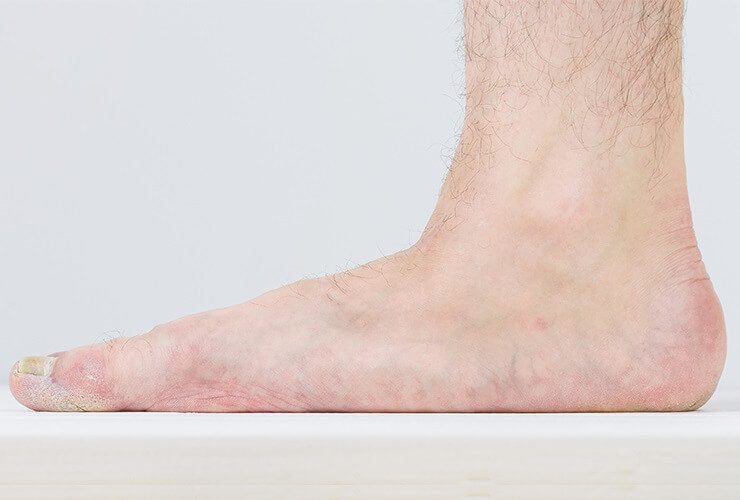

Full recovery from flatfoot surgery can take up to a year. Obese patients and smokers are at higher risk for blood clots and wound problems. Patients who have diabetes or take oral steroids should be evaluated by their primary care physician to determine if surgery is safe. If these are unsuccessful, then surgery may be considered. Non-surgical treatments such as rest, immobilization, shoe inserts, braces, and physical therapy should be tried first. A foot and ankle orthopedic surgeon should do a complete evaluation of the foot, including a medical history, physical exam, and X-rays.

Patients with a painful flatfoot frequently mention ankle and/or foot pain and difficulty with daily activities. This surgery can also reduce pain and improve walking ability.

The goals of the surgery are to improve the alignment of the foot and restore more normal pressure during standing and walking. Flatfoot surgery addresses the bones, ligaments, and tendons that support the arch, often through a combination of procedures. Adult acquired flatfoot deformity (AAFD) is a collapse of the arch of the foot.


 0 kommentar(er)
0 kommentar(er)
